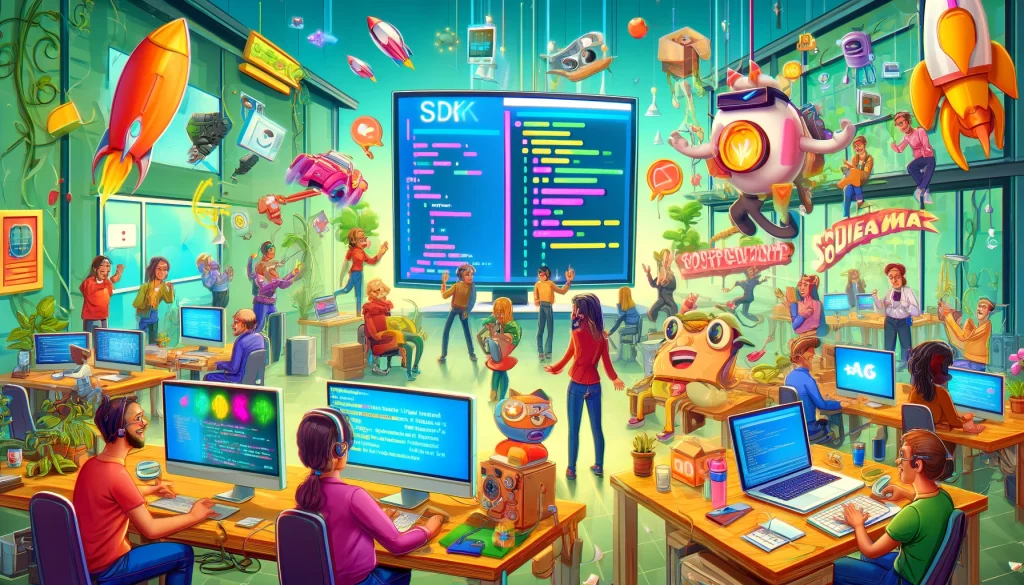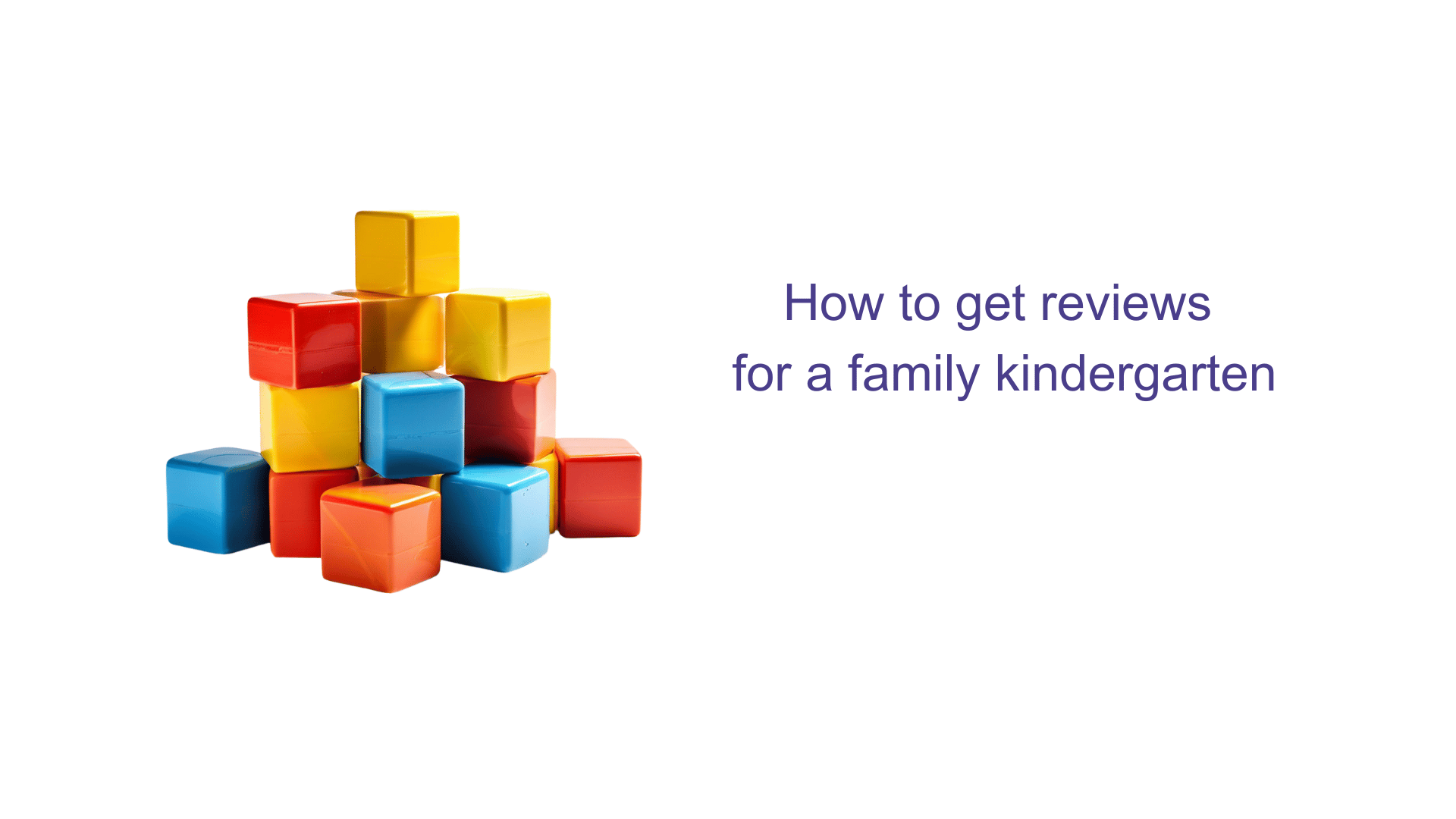Reviews for augmented reality (AR) SDK software services and analysis of user reviews about your competitors

I had a difficult time figuring out just how to utilize the program. It’s not vey user friendly.
Real review to a real augmented reality (AR) SDK software service
It is a hassle to import and make it work correctly with unity. There are a lot of steps and takes a lot of time just to setup.
Real review to a real augmented reality (AR) SDK software service
There are areas where it needs to be more appealing. Increasing the user interface to make navigation smoother and more user friendly would be better as currently, it is somewhat cumbersome to navigate through the platform.
Real review to a real augmented reality (AR) SDK software service
V– P– are only available on a few devices.
there is a learning curve to getting started with the platform.
It lacks certain features, such as exporting annotations to other platforms.
Real review to a real augmented reality (AR) SDK software service
Hard to modify existing code and integrate with other applications
Real review to a real augmented reality (AR) SDK software service
The Augmented Reality (AR) Software Development Kit (SDK) market is an exciting and rapidly evolving space, offering developers the tools they need to create immersive AR experiences. However, customer reviews frequently highlight critical mistakes made by competitors in this industry.
By understanding these pitfalls, your company can craft an AR SDK that not only avoids these errors but also surpasses customer expectations. Here’s an analysis of the most common complaints, with strategic recommendations for improvement.
Limited platform support
What competitors get wrong: A frequent complaint is that many AR SDKs offered by competitors support a limited range of platforms. This restriction forces developers to seek multiple SDKs to cover different operating systems, increasing complexity and cost.
How to do it better: Ensure your AR SDK supports a wide range of platforms, including iOS, Android, Windows, and web-based environments. This will provide developers with a versatile tool that can be used across various projects, making your SDK more appealing.
Competitors might only support iOS and Android. By contrast, offer comprehensive support that includes Windows and web-based AR applications, allowing developers to create cross-platform solutions effortlessly.
Inadequate documentation and tutorials
What competitors get wrong: Customers often criticize competitors for providing insufficient documentation and lack of detailed tutorials. Poorly written or outdated documentation can hinder developers, leading to frustration and wasted time.
How to do it better: Invest in creating high-quality, comprehensive documentation and a series of detailed, step-by-step tutorials. Regularly update these resources to reflect the latest features and best practices.
Where competitors might have sparse and outdated documentation, your SDK should feature thorough guides, video tutorials, and an active forum or community support system. Ensure that every function and feature is well-documented with practical examples to help developers get started quickly.
Performance issues and lack of optimization
What competitors get wrong: Many users report that competitors’ AR SDKs suffer from performance issues, such as high latency, poor tracking accuracy, and heavy resource consumption. These problems can lead to subpar AR experiences and limit the usability of the SDK.
How to do it better: Focus on optimizing the performance of your AR SDK. Implement efficient algorithms for tracking and rendering, and regularly test the SDK under various conditions to ensure it performs well across different devices and environments.
Competitors may struggle with latency and tracking accuracy. Your SDK should leverage advanced techniques like machine learning for improved tracking and optimized rendering pipelines to ensure smooth, real-time AR experiences.
Poor customer support
What competitors get wrong: Many customers express dissatisfaction with the customer support provided by competitors. Slow response times, unhelpful answers, and lack of real-time support are common issues that drive developers away.
How to do it better: Establish a robust customer support system that includes multiple communication channels, such as live chat, email, and phone support. Offer 24/7 support to accommodate developers in different time zones and provide a dedicated support team that understands the intricacies of AR development.
Competitors might take days to respond to support queries. By offering live chat support with instant responses and ensuring prompt resolution of issues, you can significantly enhance the user experience and foster developer loyalty.
Lack of customization options
What competitors get wrong: Customers often feel restricted by the limited customization options in competitors’ AR SDKs. The inability to tailor the SDK to specific project requirements can hinder the development of unique and innovative AR experiences.
How to do it better: Provide extensive customization options, allowing developers to modify the SDK’s functionality and appearance to better suit their needs. Offer a modular architecture where developers can pick and choose components relevant to their projects.
While competitors may offer a rigid, one-size-fits-all SDK, your solution should enable developers to customize tracking algorithms, user interfaces, and AR content rendering options. This flexibility will make your SDK more adaptable and appealing to a broader range of projects.
High pricing and licensing fees
What competitors get wrong: A significant issue highlighted in customer reviews is the high cost associated with using competitors’ AR SDKs. Expensive licensing fees and restrictive pricing models can deter developers, especially startups and small businesses.
How to do it better: Adopt a flexible and competitive pricing model. Consider offering tiered pricing plans that cater to different needs and budgets, including a free tier for hobbyists and startups.
Ensure that your licensing terms are clear and developer-friendly.
Competitors might charge high upfront fees or impose revenue-sharing models. By offering a free tier with essential features and affordable paid plans for advanced functionalities, you can attract a wider user base and encourage long-term adoption.
Conclusion
In the competitive landscape of AR SDK software services, avoiding these common mistakes can set your company apart and drive higher customer satisfaction.
By supporting multiple platforms, providing excellent documentation, optimizing performance, delivering outstanding customer support, offering extensive customization options, and adopting a flexible pricing model, your AR SDK can not only meet but exceed developer expectations.
This strategic approach will position your service as the preferred choice in the market, driving growth and success.
Is this what you expect to see at the end of the article? No!
Oh, absolutely, in the wild jungle of AR SDK software services, just dodge these oh-so-common mistakes, and watch as your company effortlessly skyrockets above the rest, driving customer satisfaction through the roof. It’s child’s play!
Just support multiple platforms, provide excellent documentation, optimize performance, deliver outstanding customer support, offer extensive customization options, and adopt a flexible pricing model. Because, obviously, no one else in the industry has ever thought of these ingenious tactics before.
Supporting multiple platforms? Wow, what a revelation! Making sure your software works on more than one device—pure brilliance.
Excellent documentation? Just write down how things work, because developers absolutely love reading manuals.
Optimizing performance? Because everyone enjoys software that doesn’t lag or crash—groundbreaking stuff!
Outstanding customer support? Just be available 24/7 to cater to every whim and complaint—no sweat.
Extensive customization options? Let developers tinker with every single setting—what could possibly go wrong with infinite possibilities?
A flexible pricing model? Just make sure to have a pricing plan that fits every single budget, because that’s so easy to manage.
By ticking off all these marvelous boxes, your AR SDK will not only meet but obliterate developer expectations. Because over-promising and delivering miracles is a foolproof business strategy.
So, go ahead, revolutionize the AR SDK market and watch as your service becomes the preferred choice overnight. Best of luck on your meteoric rise to success!
Conclusions?
Don’t worry and turn to GINIX review management service. We will make reviews a reliable source of your business growth.
We’ll increase the number of reviews about your business on autopilot! You can order monitoring and analysis, handling of negative reviews, or the appearance of new reviews – either one or all together.
Have a great day!

 7 min
7 min 







